Grasshopper Look-Alikes: Katydids, Crickets – Identification Guide
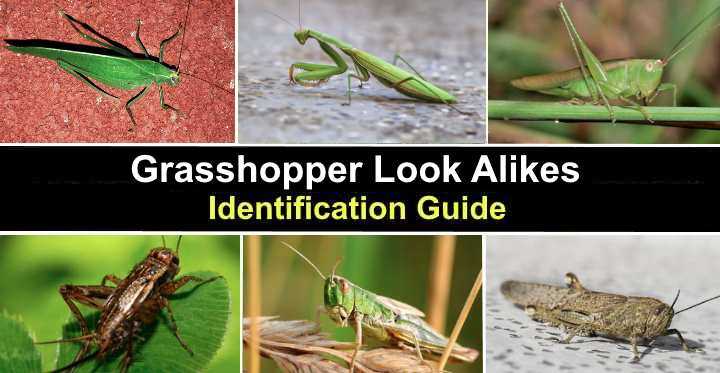
Katydids and crickets are two types of insects that look like grasshoppers. Some species of these grasshopper look-alikes have the characteristic slender bodies and large hind legs like grasshoppers. And like grasshoppers, many of these species make ticking or clicking sounds when rubbing their wings together. These similarities can make differentiating crickets and katydids from grasshoppers challenging.
Types of Large Grasshoppers (Including Giant Grasshoppers) – Pictures and Identification
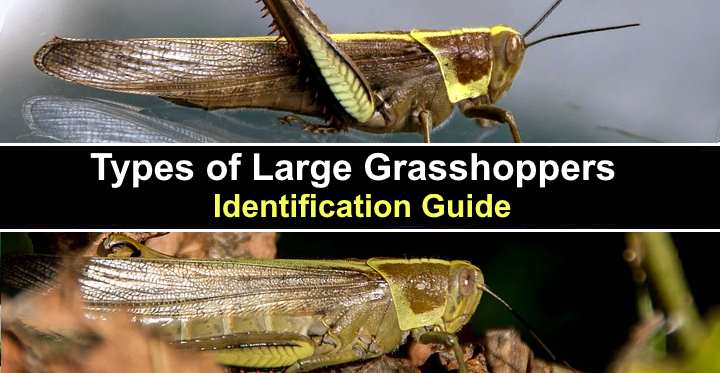
Large grasshoppers are gigantic insects measuring between 2 and 3 inches (50 to 75 mm). The giant, winged creatures are typically a green or brown color and have six legs and two antennae. Species of large grasshoppers are found throughout North America, with the largest species being lubber grasshoppers. But are these the largest grasshoppers in the world? Please read the article to find out.
Types of Grasshoppers (With Pictures) – Identification Guide
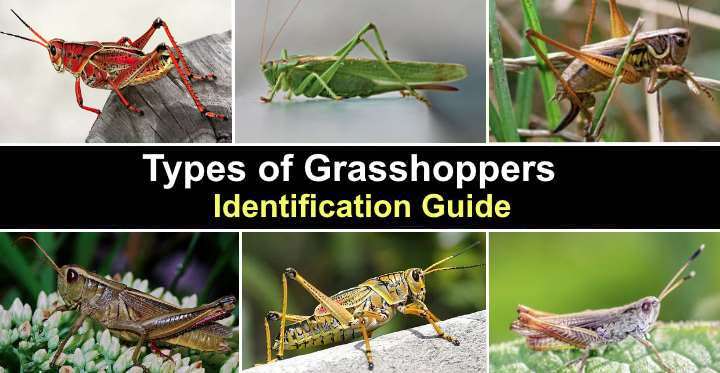
Grasshoppers are a type of insect that kids love and that gardeners dread. Most types of grasshoppers are green or brown ground-dwelling insects with characteristic large hind legs they use to leap. Some species of grasshoppers are flying insects, and swarms of locusts can do tremendous damage to crops. Grasshoppers can be tiny insects a few millimeters long or gigantic insects like the huge hedge grasshopper measuring over 3” (75 mm) long.
Pincher Bugs: Damage, Identification, and Control of Earwigs (With Pictures)
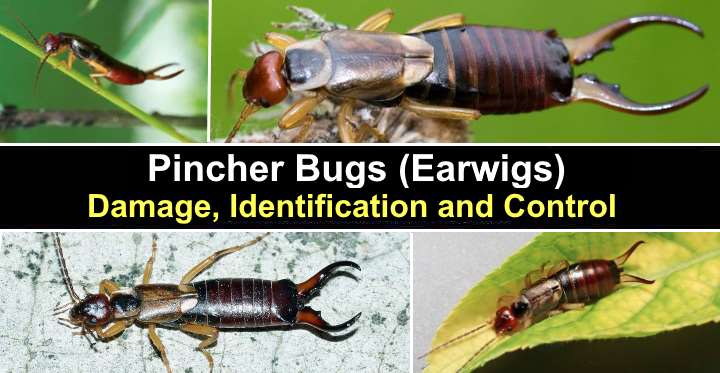
Pincher bugs — also called earwigs — are small dark brown or black insects that live in gardens and homes. In some cases, earwigs can be beneficial insects because they feed on larvae, aphids, and other insect eggs. Although harmless, earwigs can also become a nuisance pest because the pincher bugs chew on plant leaves and roots, affecting the appearance of garden shrubs and houseplants.
Types of Tree Seed Pods – Identification Guide With Pictures
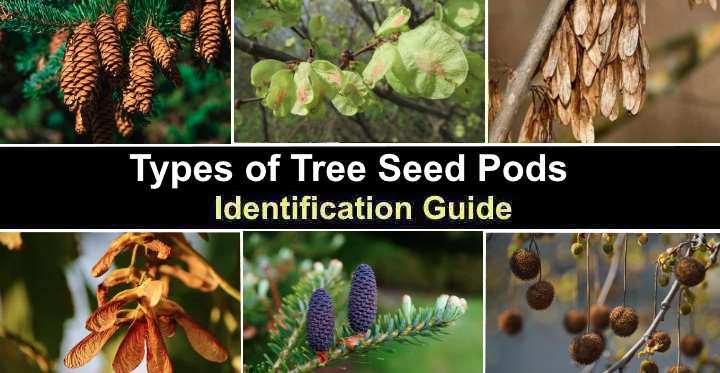
Identifying seed pods is a great way to recognize different species of trees. One of the benefits of using seed pods for tree identification is that you usually find seed enclosures on the ground. This can make it easier to identify a tree species than using the leaf shape. Tree seed pods can be winged, ball-shaped, coniferous cones, papery enclosures, or long slender pods like bean pods.
Types of Willow Shrubs (With Pictures) – Identification Guide
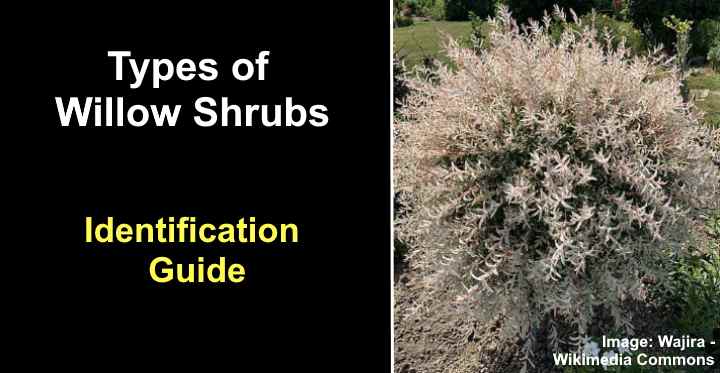
Willow shrubs are deciduous, broadleaf, multi-stemmed bushes with many uses in the landscape. Willow bushes are known for their brightly-colored stems, fuzzy flowers, and slender lance-shaped leaves. Willow shrubs are some of the first woody plants to leaf out, and it’s common to see red willow stems with grayish furry catkins covering them.
Weeping Willow Trees: Leaves, Flowers (With Pictures) – Identification and Care Guide
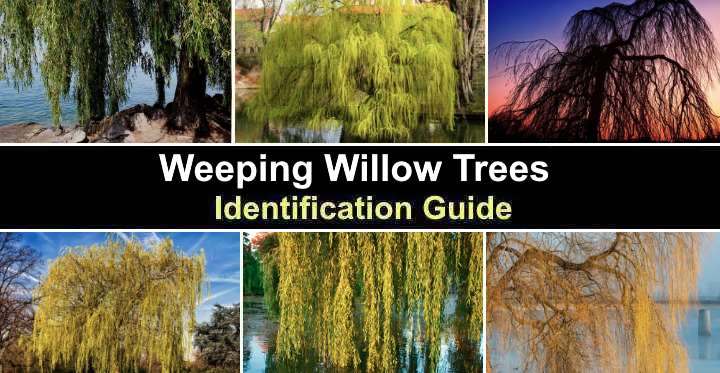
The weeping willow is an easily recognizable tree with its graceful cascading branches, narrowly lanceolate leaves, and finger-like flower clusters. The most common weeping willow tree belongs to the genus Salix, and its botanical name is Salix babylonica. The medium- to large-sized, fast-growing weeping willow trees with their pendulous branches and stout grayish trunks thrive near waterways, ponds, and streams.
Types of House Moths (With Pictures) – Identification and Control Guide
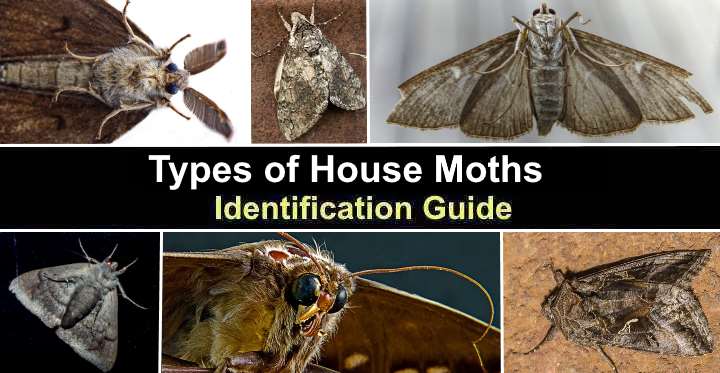
House moths are common household pests that no one wants to discover flying around their home. These pesky flying insects may not bite, but they can cause damage to stored food items, clothing, and soft furnishings. In addition, if you’ve got moths in your house, you probably have moth larvae lurking in crevices or — worse still — in stored grain, flour, sugar, rice, pasta, or dried beans.
Black and Yellow Bugs (With Pictures) – Identification Guide
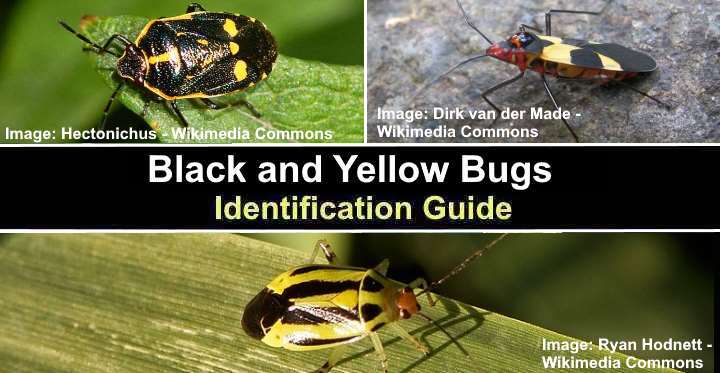
Black and yellow bugs are relatively uncommon because most bugs are black or brown. However, you may find several species of bugs with black and yellow bodies in your yard or home. Some types of black and yellow bugs have stripy bodies. However, other pesky insects have distinctive yellow markings on their jet-black abdomens or yellow wings covered with black spots.
Types of Black and Yellow Beetles (With Pictures) — Identification Guide
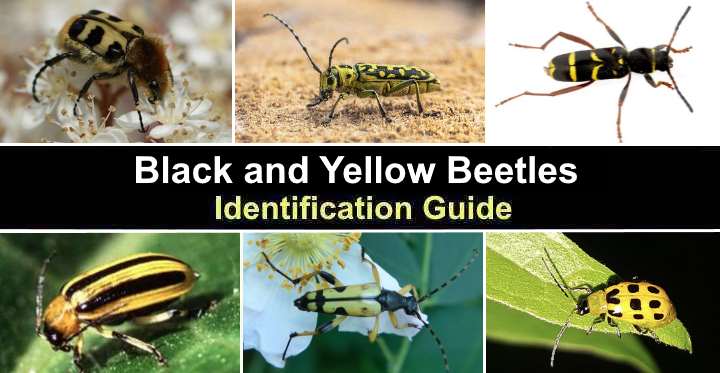
Black and yellow beetles are unusual insects due to their jet-black bodies with brightly colored yellow patterns. Beetles with yellow and black bodies are common in gardens, and you may find some small beetles in your home. Black and yellow longhorn beetles are harmless insects prevalent in yards throughout North America. Common black and yellow beetles in the house are larder beetles and ladybugs.
